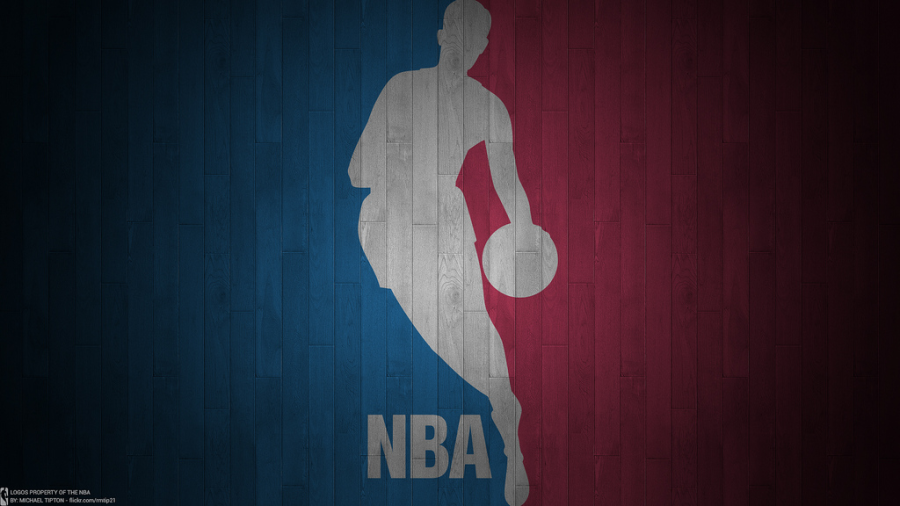The National Basketball Association (NBA) has amassed a high degree of popularity and unprecedented riches. It has television deals with ESPN and TNT, and a jersey and apparel deal with Nike amassing billions of dollars per year. It has set up a large revenue pool, in which the players will make $6.6 million on average this season. That’s $2 million more than the average for Major League Baseball players. The TV contracts have played a big part in the NBA’s unprecedented largess, but there’s also another element that has allowed the association’s owners to exploit, which could play into a season-long lockout as soon as just five years from now. That element is the structure that compromises the NBA salary cap.
Unlike the salary cap of the NFL and the NHL, which employs a “hard” cap that sets a uniform salary line, and which all their franchises are barred from going over, the NBA’s cap is very different. While it sets a base cap for their clubs to spend on players, they can go up to without penalty. It is structured so that players have financial incentive to stay with their current club, and allows teams the opportunity, if they choose, to go over the cap. Even when a club is over the cap, they can still sign additional free agents. This is where exception contracts, such as the mid-level exception, come in.
In addition, a luxury tax is imposed on any team whose payroll is over a line instituted by the league in its CBA. For the 2017-18 season, the tax line will be $119 million, $20 million above the cap; in the case of the NBA, the “soft” cap. For every dollar over the tax line, an additional $1.50 in tax is applied, increasing for every $5 million over the line. Furthermore, a repeater tax is implemented with higher rates if the team is above the line for multiple seasons.
Technically, the NBA does have a hard cap, otherwise known as the luxury tax apron, which applies only to teams whose payrolls are over the cap and have used their exceptions. The apron for the coming season will be $125 million. With that said, some teams have strategized gaming the system with the prospect of a title contender. For instance, six teams, including Cleveland and Golden State, will have payrolls over the $125 million apron. Three more clubs will be over the luxury tax line, and 12 more clubs will be over the soft cap; that’s 70 percent of the entire league! This is a model that’s unsustainable, particularly for the owners who do not have the financial leverage held by owners like Dan Gilbert.
A hard cap will be coming soon enough. It will end the owners’ gamesmanship, a structure which has failed miserably at its intentions of curbing. The players, who would be missing out on some extra dollars as a result of a hard cap, would like to see something in their favor in exchange, likely an increase in basketball-related income, a sticking point that led to the last lockout in 2011.
Thus are combined the ingredients for the first labor stoppage to wipe out an entire sports season since the NHL in 2004 to 2005. What led to that? That would be a hard salary cap! As painful as it can be for basketball fans, it will help with competitive balance for the game over time. Since the 2005-06 season, the NHL has had more than half of their 30 teams play in a Stanley Cup final. The NFL, a fellow hard cap league, has had 14 different teams play in the Super Bowl over the same time frame. The NBA? Only nine teams in the NBA Finals since 2006. Nine.
As it stands, the NBA needs to consider a wholesale makeover of its salary structure. It has done squat in terms of instituting parity. It may well necessitate a whole season without an NBA champion being crowned. But it worked for Gary Bettman, oddly enough a former NBA executive. Why not give him a call, Adam Silver?
NBA’s Salary Cap Could Cause Season-Long Lockout
August 23, 2017





















































